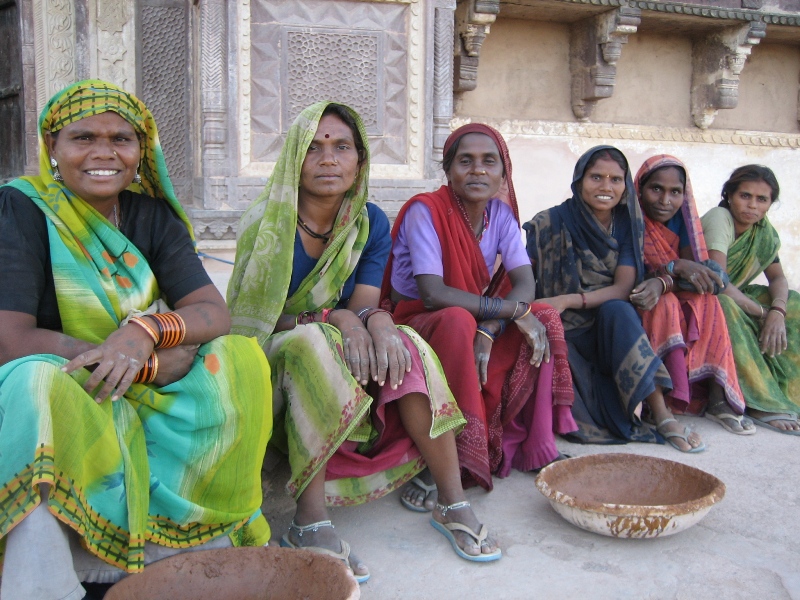“Making eradication of poverty an integral objective of all policies: What will it take?”
Global economies have largely been responsible for the changes in social developmental indicators. The 17 sustainable goals adopted by the UN as the 2030 Agenda talks about education, gender, parity, health, hygiene, poverty and other indicators towards achieving an ideal space for human life. But poverty is one such variable that affects all genders at socio, economic and psychological levels.


If you delve in the definition of poverty, it is basically an unequal access to resources and assets. The lack of shelter, clothing, food, health care, education and being vulnerable to conditions which are uncontrollable are the basic indicators of poverty. In the developing economies, this one trend of rich getting richer and poor becoming poorer makes it tough to break the cycle of poverty. Lesser income leads to lack of education and that in turn results in less workforce participation and under assessed economic contribution.
Women specially have been at the bottom of the poverty pyramid. Their disempowerment is directly proportional to the income group they fall in and the kind of financial dependence they have. Unfortunately, the patriarchal challenge has made it difficult for women to break the cycle of poverty and have equal access to resources. The World’s Women Report 2015 by United Nations mentions that, “In developing countries, statutory and customary laws continue to restrict women’s access to land and other assets, and women’s control over household economic resources is limited. In nearly a third of developing countries, laws do not guarantee the same inheritance rights for women and men and in an additional half of countries discriminatory customary practices against women are found. Moreover, about one in three married women from developing regions has no control over household spending on major purchases, and about one in 10 married women is not consulted on how their own cash earnings are spent.”


Even today, the unequal distribution of property, lesser health care and the vulnerable position of not being able to make their own decisions leads women to not progress as much as they can. The dependability that roots from patriarchal structured hinders their contribution, skill development and in turn affects their economic status.
The promises that the sustainable development goals has made to the world can only be fulfilled if we also start looking at the economic aspect of the policies related to health, industry, employment, education including gendered strategic needs and policies for skill development.
Earlier people did suffer from generational poverty but today, efforts are being made to overcome the lower incomes through sustained efforts. People are investing in education, skill development so that the economic status can improve. But the governments need to look into barriers like red tapism which impact the output of actual efforts made. And for women, the self-help groups, micro credit, small scale entrepreneurship and more such initiatives must be taken up so that their participation can be increased in the economic sphere. The efforts and discourse has to be continuous when it comes to changing economies because each and every indicator is interlinked and affects the entire process. We need to research and analyze the change which can directly eradicate the root causes of poverty. The poverty cycle has to be broken and today with a joint force, this can easily be achieved.




